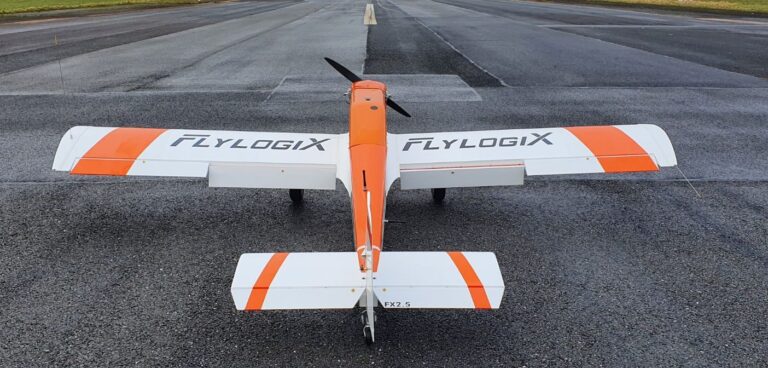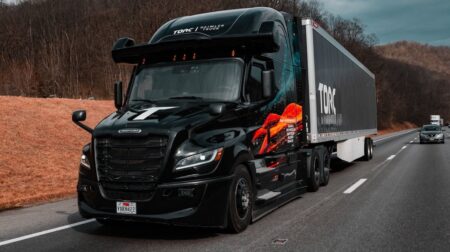BP Ventures, the investment firm from British oil and gas company BP, has made a £3m equity investment in Flylogix, an unmanned aerial vehicle (UAV) business that uses drones to aid methane detection.
This is part of a funding round led by Amati Global Investors, totalling £6m. It will enable Flylogix to further develop its solution which combines UAVs with AI, satellite communications and methane sensor technology, from partner SeekOps, to monitor and measure methane in remote locations.
Its unmanned aircrafts take measurements that verify emissions safely, reliably, and consistently, helping to validate the accurate reporting of emissions data.
Flylogix aim to use this latest funding round to expand to new geographies, including the US, Norway and Trinidad & Tobago. It will also crossover into the biodiversity and renewable energy industries, conducting wind turbine blade inspections for offshore sites.
Charles Tavner, CEO of Flylogix, said: “This latest investment will help Flylogix bring our proven UAV technology to new regions and develop applications to realise the potential of unmanned aerial vehicles. It is a significant moment for the business. We see endorsement from BP as a vote of confidence and are proud to build on our existing partnership, in pursuit of net zero.”
Additionally, the investment supports BP’s aim of installing methane measurement on all existing major oil and gas processing sites by 2023 and deliver a 50% reduction in methane intensity across its operations.
David Hayes, managing partner of BP ventures, said: “We are investing in companies that can help us with our net zero ambition and aims. And Flylogix has been instrumental in how we undertake measurements of methane emissions in the North Sea. Accurate emissions measurements are the basis upon which mitigation plans are based – we look forward to continuing our partnership with Flylogix as it expands into new regions.”
During flights, the aircraft manages itself autonomously with pilot oversight from shore. It can fly as close as 250m away from installations. Flylogix then live streams data collected by a SeekOps sensor on its wingtip to the onshore support crew – the sensor technology was originally designed by NASA for the Mars Curiosity Rover.
This technique provides BP and other offshore operators with accurate and quantifiable emission data which can improve how that data is assessed and collated. It also eliminates the need for additional people offshore as well as the cost and carbon emissions associated with that.








